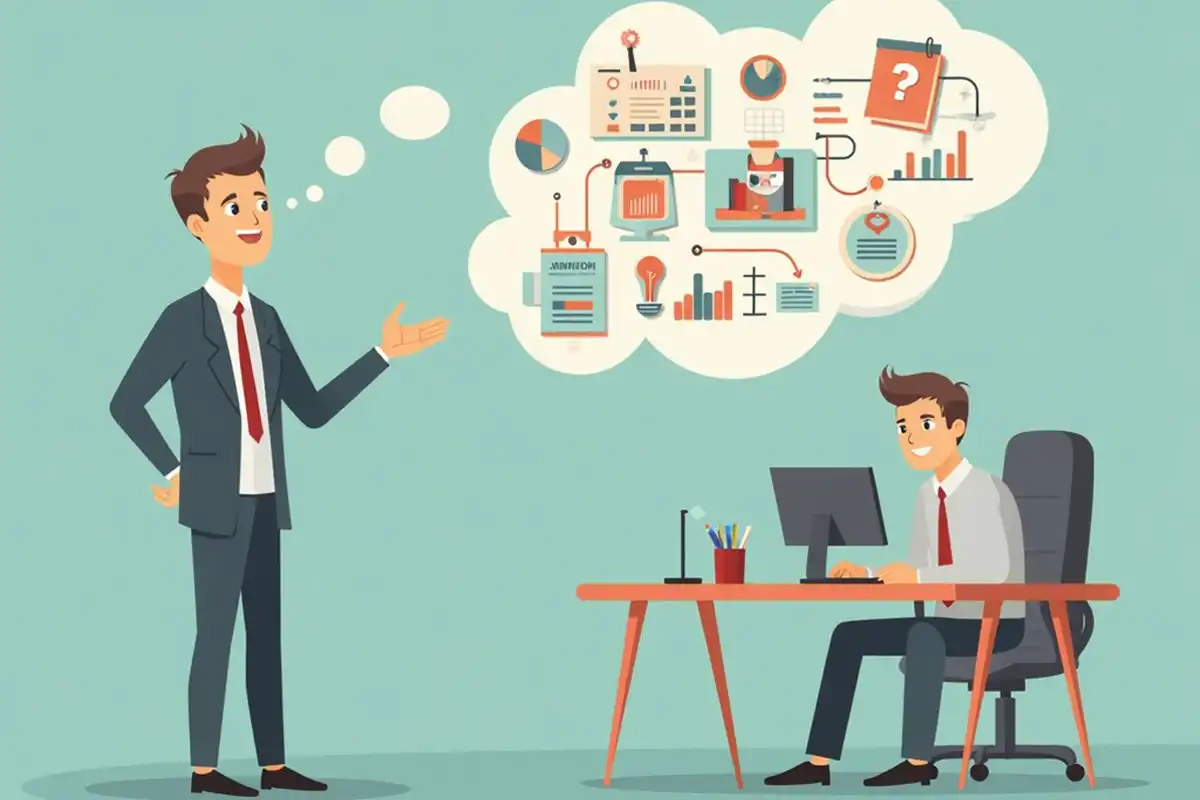There are two entities in economics:
- Short-term - goods and services. In other words, it is what is in daily demand and supply, and what the current level is focused on of inflation. In microeconomic processes, this is called working capital.
- Long-term - enterprises, organizations (buildings, structures, equipment, etc.). In other words, it is the real estate of a business. In microeconomic processes, this is called non-current capital.
So, if the first is a kind of measure of today's level of money supply with the physical volume of goods (consumer price growth index), then the second is almost never taken into account when assessing current inflationary processes. Although, if we compare the volume of current assets with non-current assets in the capital structure of any company, the value of the latter will be significantly higher than the former.
When a business starts to operate inefficiently, and this conclusion is made not by assessing its current profit, but by its current liquidity and monetary autonomy of the capital structure, then the question arises - who would sell this business to get the necessary portion of liquidity (i.e. money).
Closing a business is not an option, as there is social responsibility towards employees, current debts, budget obligations, etc. And from that moment on, the owner of the company begins an active search for a direct investor willing to buy his business for money at book value. However, when buying a company, an investor reassesses its book value, including all of its real estate, which has never been subjected to this revaluation. A direct investor values his money and carefully evaluates the real return on investment.
And here's the situation - and so pret inflation for short-term assets, the nth amount of non-turnover air can also come out here. That is, for example, a business claims 500 million on its balance sheet. $, and the market revaluation indicates that it is actually worth $ 100 million. And the company is also credited for $ 200 million. That is, after the sale of the business at real value, it will not even be able to repay its obligations for which it was previously credited.
And this is, among other things, the main trigger, as a key hidden element of inflation (the air layer accumulated over previous business operations), which can give a significant impetus to the onset of crisis and default processes in the economy.
And this must be understood!


































